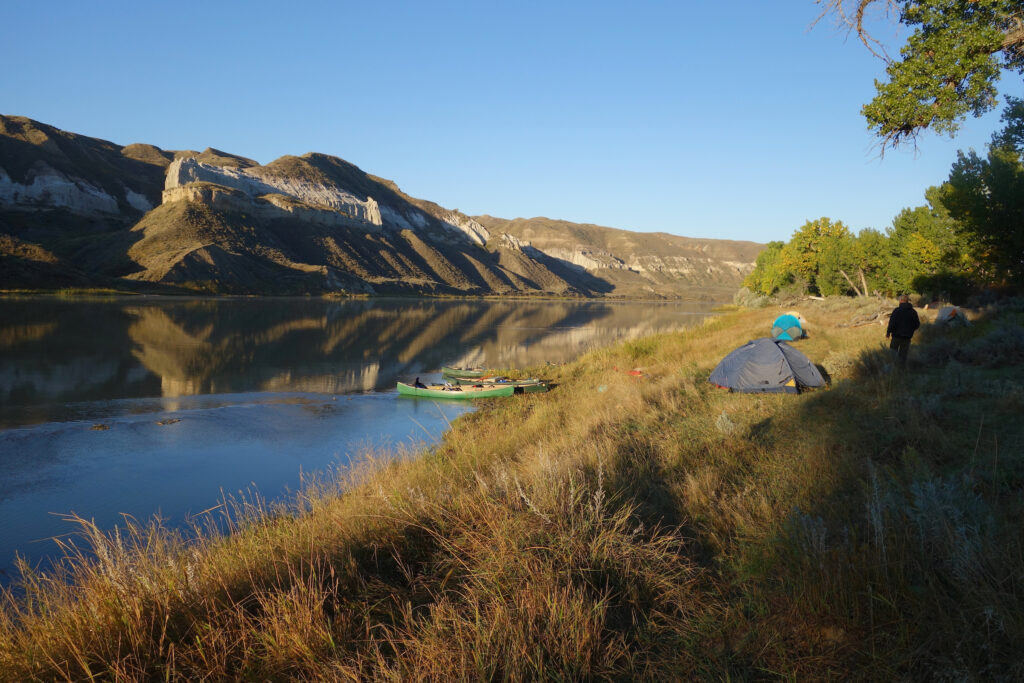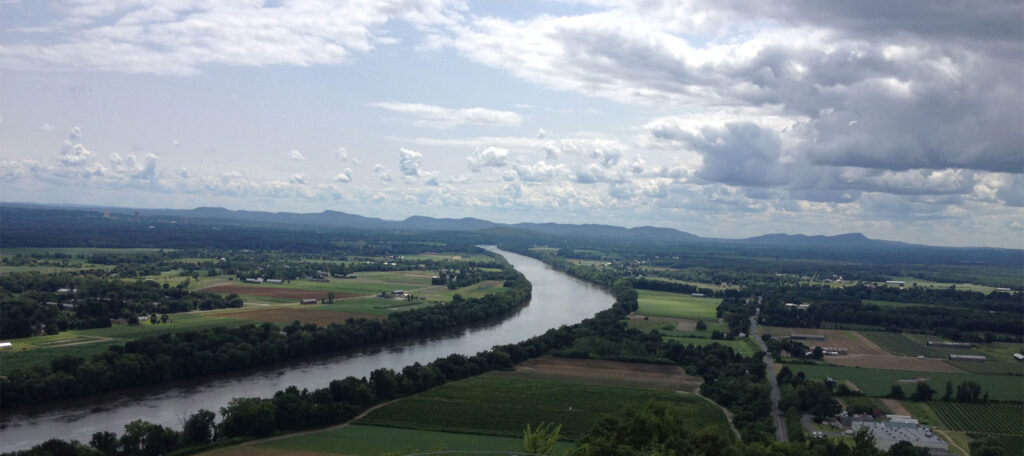“Review” or an unprecedented rollback of conservation?
The pomp and circumstance surrounding this "review" is simply the prelude to an undoing of more than one hundred years of conserving our nation’s special places by every President since Teddy Roosevelt.
The Department of the Interior is considering possible reducing or eliminating protections for millions of acres of public land within 27 National Monuments established since 1996. This “review” has been directed under an Executive Order issued last month by President Trump. Despite promises of an open process and an opportunity for public comment, the process appears to be nothing more than window dressing for an unprecedented rollback of conservation of our public lands. The pomp and circumstance surrounding this review is simply the prelude to an undoing of more than one hundred years of conserving our nation’s special places by every President since Teddy Roosevelt.
Last week, Secretary of the Interior Ryan Zinke arrived in Utah to kick off the review with a tour of the Bears Ears National Monument the most immediately threatened by Trump’s order. Bears Ears, in Southeast Utah, is considered sacred by many tribes and its designation was achieved after years of advocacy by the Bears Ears Inter-Tribal Coalition of Hopi, Navajo, Ute Indian Tribe, Ute Mountain Ute Tribe, and Zuni Pueblo. The area is rich in important cultural history, home to more than 100,000 Native American archaeological and cultural sites, and includes the cherished San Juan River.
Given his statement that “sovereignty has to mean something,” we would encourage Secretary Zinke to listen more extensively than possible in a one-hour meeting with the Coalition and the governments its represents, as well as to appreciate the 13,000 years of history manifested in the tribal resolutions supporting protection.
At a rally in Salt Lake City over 1,000 supporters of Bears Ears made their own statement at a rally on the steps of the Utah state capital. Among the speakers was the Navajo Nation representative on the Bears Ears Commission and Oljato Chapter President James Adakai. President Adakai stated that his umbilical cord and those of his ancestors are ceremonially buried in Bears Ears, evidence of the sacred connection he and his people enjoy with this special area entrusted to the American people.
In addition to Bears Ears, the Trump National Monument target list includes a myriad of incredible landscapes and rivers cherished by other Americans that are now under threat. A few of the river specific monuments in addition to the Bears Ears are:
[metaslider id=37901]
Hanford Reach National Monument, Washington, protected in 2000
- The 51 mile-long Hanford Reach is the last free-flowing stretch of the Columbia River and is home to the largest salmon in the Columbia Basin.
- Culturally, the Reach is significant to a number of Indian nations, including the Umatilla, Yakama, Nez Perce, and Wanapum tribes.
Upper Missouri River Breaks National Monument, Montana, protected in 2001
- Supports a spectacular array of species from pronghorn, golden eagle, yellow headed blackbird, sage grouse, bighorn sheep, and the endangered pallid sturgeon.
- Rich in Native American cultural significance the Breaks is largely unchanged Meriwether Lewis and William Clark traveled through the Breaks in 1805.
- The Missouri River is also protected as a Wild and Scenic River, offering outstanding recreation opportunities and fish and wildlife habitat.
Rio Grande Del Norte National Monument, New Mexico, protected in 2013
- The Rio Grande is protected as a Wild and Scenic River and is popular for rafting and camping.
- The river is significant to Native American tribes including the Tesuque Pueblo (one family’s connection to the river is highlighted in the new American Rivers film, Avanyu: https://vimeo.com/197904986 )
Cascade-Siskiyou National Monument, Oregon, protected in 2000 and expanded in 2017
- The monument safeguards pristine clean water supplies and rare Redband Trout habitat.
- Cascade-Siskiyou is the first U.S. national monument set aside solely for the preservation of biodiversity.
San Gabriel Mountains National Monument, California, protected in 2014
- More than 15 million people live within 90 minutes of the San Gabriel Mountains, which provides 70 percent of the open space for Angeleños and 30 percent of their drinking water.
Katahdin Woods and Waters National Monument, Maine, protected in 2017
- Described by Henry David Thoreau in his journals, the Penobscot and Seboies Rivers in the monument provide habitat for moose, black bear, many species of fish, and a rich biodiversity of other flora and fauna.
- The Katahdin Woods and Waters National Monument is a New England’s newest recreational gem, providing opportunities to fish, hunt, canoe, snowmobile, cross-country ski, snowshoe, hike, and otherwise enjoy the beautiful “continuous of the forest,” to use Thoreau’s words.
No President has ever reviewed or reversed a previously established National Monument and we should not start now.
[su_button url=”https://act.americanrivers.org/page/781/petition/1″ background=”#ef8c2d” size=”5″ center=”yes”]Take action »[/su_button]




2 responses to ““Review” or an unprecedented rollback of conservation?”
great information.
No President has ever reviewed or reversed a previously established National Monument and we should not start now.